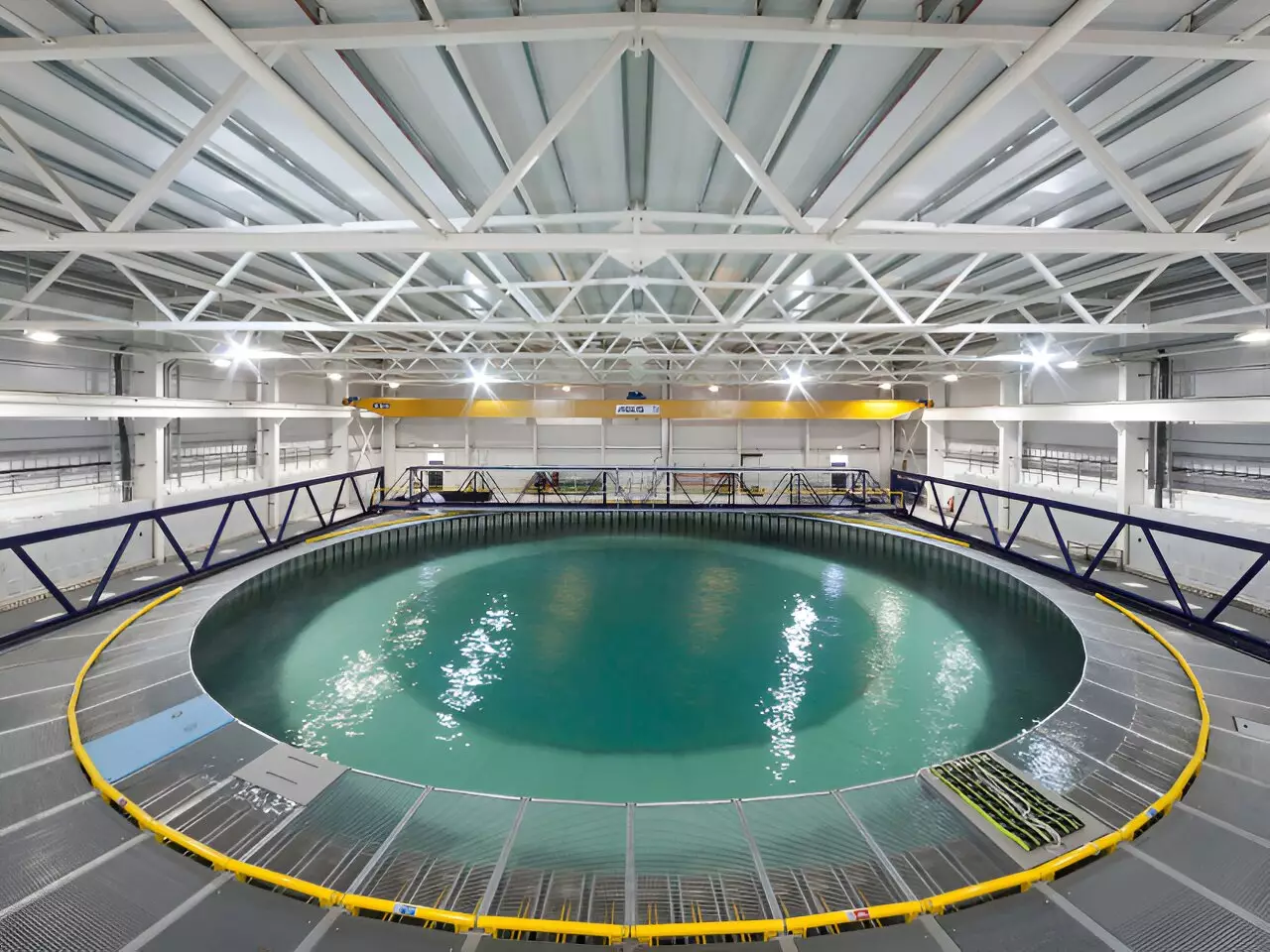Recent research has unveiled a startling revelation about the behavior of ocean waves, suggesting that their complexity and extremity might far exceed traditional two-dimensional models. A study published in the esteemed journal Nature has highlighted that under certain conditions—especially when waves converge from multiple directions—their heights can be four times more considerable than previously believed possible. This groundbreaking understanding challenges long-standing assumptions in oceanography, particularly concerning how wave breaking has always been understood in a simplistic two-dimensional framework.
Historically, wave interactions have been perceived largely in two dimensions. This elemental perspective has rendered complexities in ocean wave behaviors largely invisible to researchers and practitioners. However, the reality of oceanic environments is that waves move in diverse directions and are influenced by a multitude of forces simultaneously. The recent study led by a multidisciplinary team, including significant contributions from Dr. Samuel Draycott (The University of Manchester) and Dr. Mark McAllister (University of Oxford), indicates that this restricted view is insufficient. It turns out that, in three dimensions, waves are capable of becoming twice as steep before breaking as compared to their two-dimensional counterparts. Surprisingly, even after breaking occurs, these multidirectional waves continue to increase in steepness, defying all conventional wisdom regarding wave dynamics.
Professor Ton van den Bremer from TU Delft emphasizes the uniqueness of this phenomenon, stating that the behavior of three-dimensional waves is unprecedented. Traditionally, when a wave breaks, it forms a white cap and seemingly cannot return to its initial form. However, the breaking of a wave that has a broad directional spread can result in waves that continue to grow. This insight holds particular significance during severe weather events like hurricanes, where waves from different originating points combine and result in extreme conditions.
Dr. Draycott articulates that the extreme complexity of conditions under which waves can occur must be acknowledged, particularly when they cross one another. This crossing leads to more significant wave amplitudes and contributes to our growing understanding of ocean dynamics.
The ramifications of this research are profound, especially for the design and engineering of offshore structures. The present frameworks governing marine construction largely derive from traditional two-dimensional wave models, which may overlook these newly characterized dynamics. Dr. Mark McAllister’s warnings about the reliance on outdated models underline the urgency for a reevaluation of safety protocols and design standards, especially for offshore wind turbines and other marine infrastructures. The failure to account for three-dimensional wave patterns could lead to the underestimation of wave heights and, consequently, structural vulnerabilities.
Beyond infrastructure implications, the research opens new avenues in our understanding of several oceanic processes. For instance, wave breaking is crucial in facilitating air-sea exchanges, including the absorption of carbon dioxide—an essential mechanism in mitigating climate change. Furthermore, the transport of microplastics and phytoplankton within the oceans could be significantly influenced by the dynamics of wave interactions as revealed by this study.
Dr. Frederic Dias from University College Dublin emphasizes the prevalence of three-dimensional waves in real-world conditions, thus advocating for the necessity of integrating these dynamics into our models of wave behavior. The continuous growth of waves even after breaking signifies a fundamental shift in how we must approach and analyze ocean dynamics.
Building on previous studies, such as the investigation of the Draupner freak wave in 2018, research teams have developed innovative measurement techniques to study these dynamic behaviors more closely. At the FloWave Ocean Energy Research Facility, researchers utilize a circular multidirectional wave basin capable of simulating complex sea states, thereby pushing the boundaries of marine science. Principal Experimental Officer Dr. Thomas Davey highlights the importance of accurately creating real-world scenarios within controlled environments, facilitating deeper exploration into the nuances of three-dimensional wave behavior.
The discovery of the extreme and complex interactions of three-dimensional ocean waves marks a significant advancement in oceanographic research. It underscores the necessity for a paradigm shift within the field, advocating for a reassessment of existing models and safety measures that govern offshore structures and broader ocean processes. As we continue to confront the challenges posed by climate change and innovative marine technologies, such studies will be pivotal for ensuring both ecological sustainability and structural integrity in our oceans.


Leave a Reply